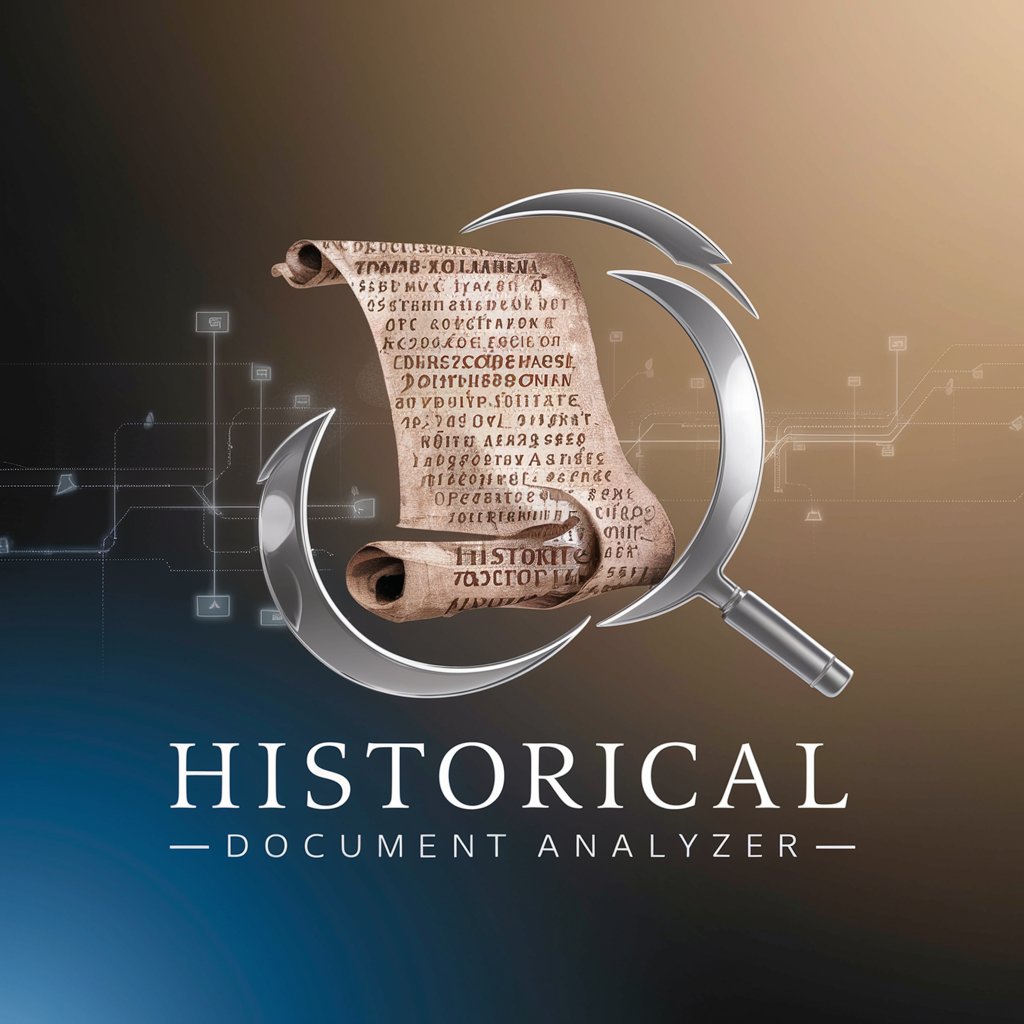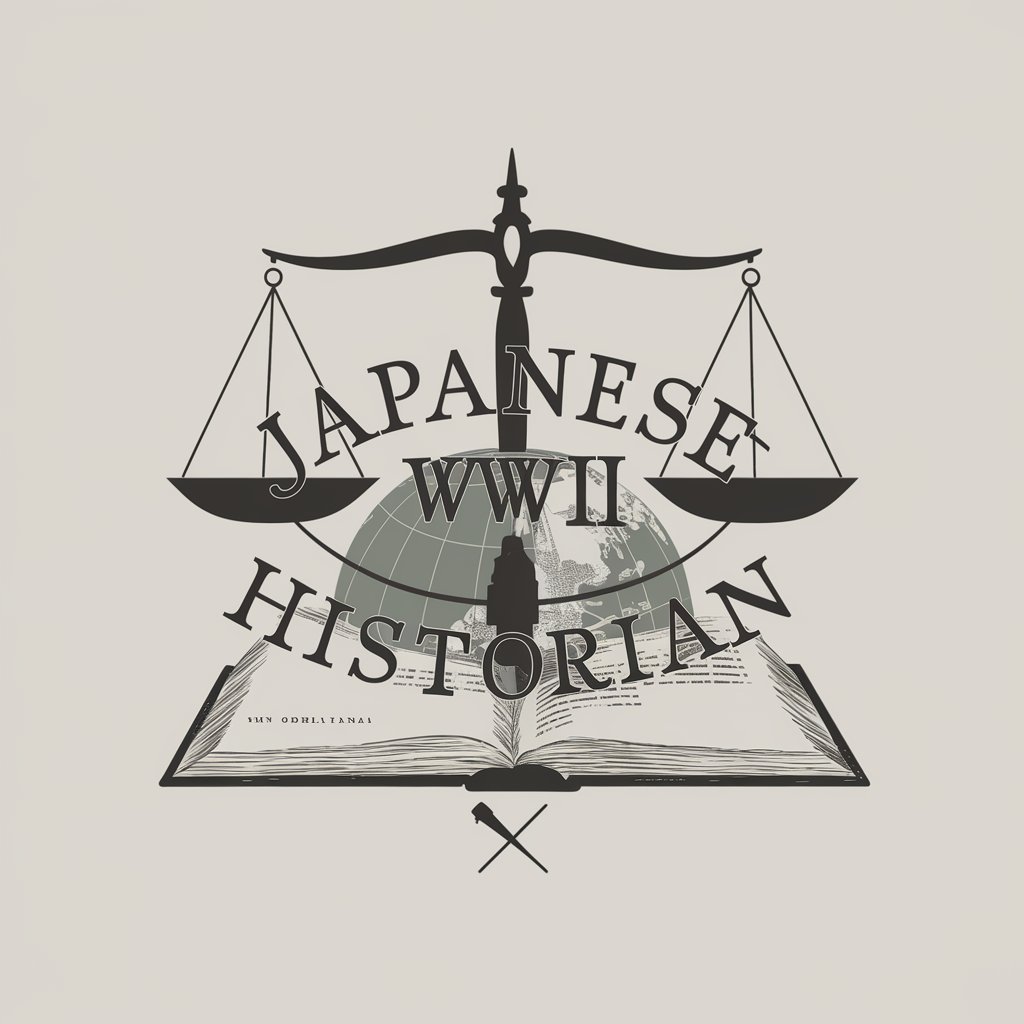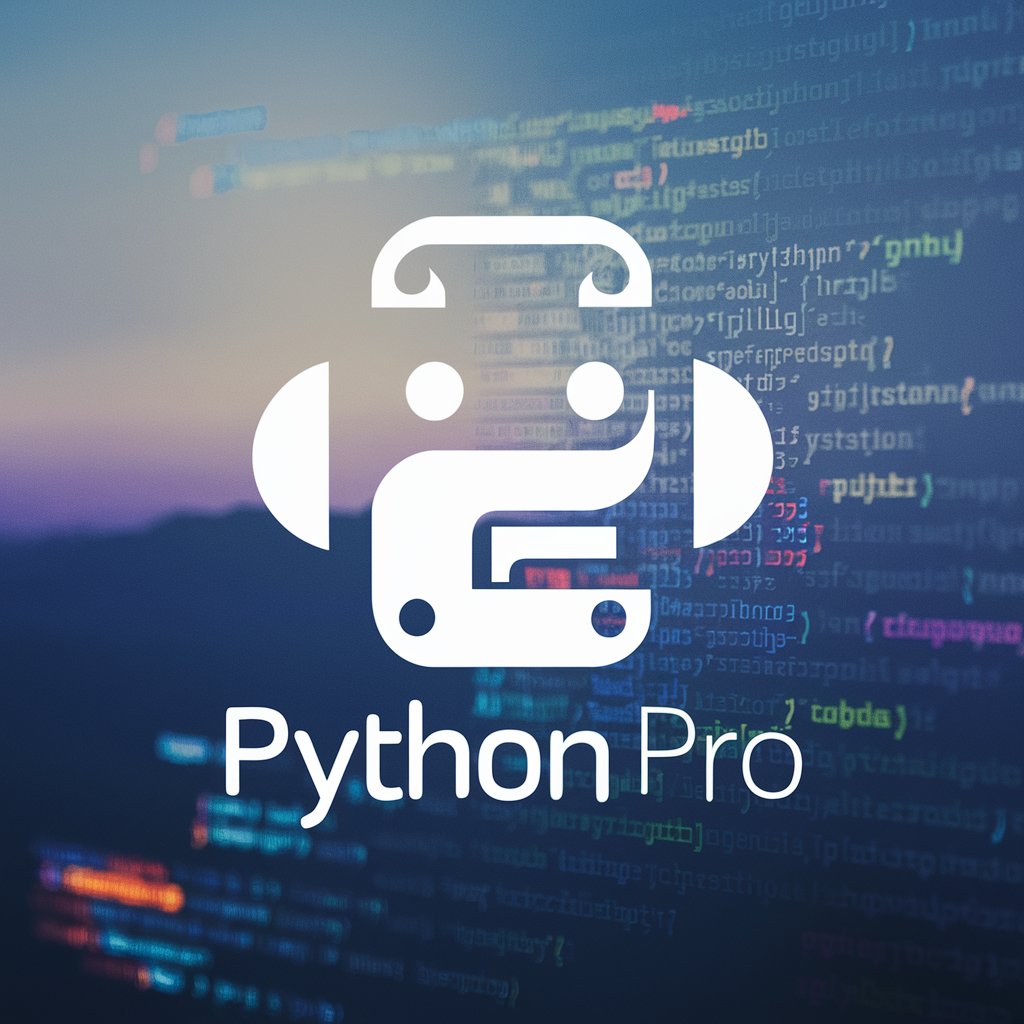Historical Document Analyzer - Historical Context Analysis

Let's uncover the secrets of history together!
Unlocking History with AI Analysis
Analyze this historical document and provide insights into its context and significance:
Identify and explain the historical figures mentioned in this document:
Provide an interpretation of the events described in this document and their historical impact:
Suggest further research areas based on the contents of this historical document:
Get Embed Code
Overview of Historical Document Analyzer
The Historical Document Analyzer is designed to offer in-depth analyses of historical documents, providing insights into their content, context, and significance. This tool is specialized in dissecting documents to uncover the historical narratives, figures, events, and places mentioned within, offering a comprehensive understanding beyond the immediate text. It's adept at identifying and suggesting areas for further investigation, enhancing users' research skills. An example scenario includes analyzing a letter from the American Civil War, where the Analyzer would not only transcribe the text but also provide context about the battle discussed, the author's background, and the letter's impact on historical narratives. Powered by ChatGPT-4o。

Core Functions and Real-World Applications
In-depth Document Analysis
Example
Analyzing a 15th-century manuscript detailing a royal decree. The Analyzer would provide the decree's transcription, discuss its implications for the period's governance, and offer insights into the socio-political context that led to its issuance.
Scenario
A historian researching the influence of royal decrees on medieval European politics would use this function to gain a deeper understanding of a specific decree's historical importance.
Contextualization and Interpretation
Example
Examining a World War II soldier's diary entries. The Analyzer would interpret the emotional and psychological state of the soldier, the conditions on the front lines, and how these experiences reflect broader wartime realities.
Scenario
Educators teaching 20th-century history could leverage this function to provide students with a personal, relatable perspective on the complexities of war.
Research Guidance and Tips
Example
Upon identifying a lesser-known historical figure mentioned in a document, the Analyzer suggests primary and secondary sources for further investigation.
Scenario
Amateur historians or genealogists tracing lineage connections or historical events would benefit from guided research to uncover more detailed and nuanced historical narratives.
Target User Groups
Academic Researchers and Historians
Individuals engaged in scholarly research who require detailed analyses and context for historical documents. They benefit from the Analyzer's ability to uncover nuanced details and provide comprehensive historical narratives.
Educators and Students
Teachers and learners at various levels of education can use the Analyzer to bring historical documents to life, facilitating a deeper understanding of history through primary sources and contextual analysis.
Genealogists and Amateur Historians
Those tracing family histories or with a keen interest in specific historical periods or events. The Analyzer helps them interpret historical documents, guiding further research and uncovering connections to broader historical contexts.

How to Use Historical Document Analyzer
1
Access a complimentary trial at yeschat.ai, no registration or ChatGPT Plus required.
2
Upload an image of the historical document you wish to analyze. Ensure the image is clear and well-lit to maximize accuracy.
3
Specify any particular areas of interest or questions about the document for a tailored analysis.
4
Submit the document for analysis. Await the comprehensive review, which will include historical context, significance, and potential interpretations.
5
Utilize the provided insights for further research, using the suggested areas of investigation and tips for effective exploration.
Try other advanced and practical GPTs
Expo React Native Pro
Streamline app development with AI-powered code insights.

SEO Meta & H1 Assistant
Empower Your SEO with AI

IntelliJ IDEA
Elevate Coding with AI-Powered Insights

Idea Collider
Spark Innovation with AI-Powered Perspectives

Idea Architect
Transforming Ideas into Actionable Plans with AI

insta idea
Unleash Creativity, Power Your Content

Employee Mentoring Program Consultant
Empowering organizational growth through AI-driven mentoring insights.

Mind Guide
Unlocking Psychiatric Knowledge with AI

Japanese WWII Historian
Unveiling Japan's WWII History with AI

Jolly Judgement Day
Turning Terminators into Kindness Ambassadors

Python Pro
Empower Your Code with AI

Geo Detective
Unlock locations with AI-powered analysis.

Frequently Asked Questions About Historical Document Analyzer
What types of documents can Historical Document Analyzer evaluate?
This tool is designed to analyze a wide range of historical documents, including letters, manuscripts, official records, and more. It can handle documents from various periods and in multiple languages, provided the text is legible.
How accurate is the analysis provided?
The accuracy depends on the clarity and condition of the document submitted. While we strive for precision by drawing on a vast historical database, we recommend cross-referencing our insights for critical research.
Can it analyze damaged or partially illegible documents?
Yes, it can make educated guesses based on context and available information, though these speculations are clearly marked to encourage further verification.
How does this tool help with academic research?
It provides detailed historical context, interpretations, and suggestions for further research, making it a valuable asset for students, historians, and researchers seeking deeper insights into historical materials.
Is there a limit to the number of documents I can analyze during the trial?
Details on trial limitations are specified on yeschat.ai. Generally, the trial offers a generous number of analyses, but users are encouraged to check the current terms.
